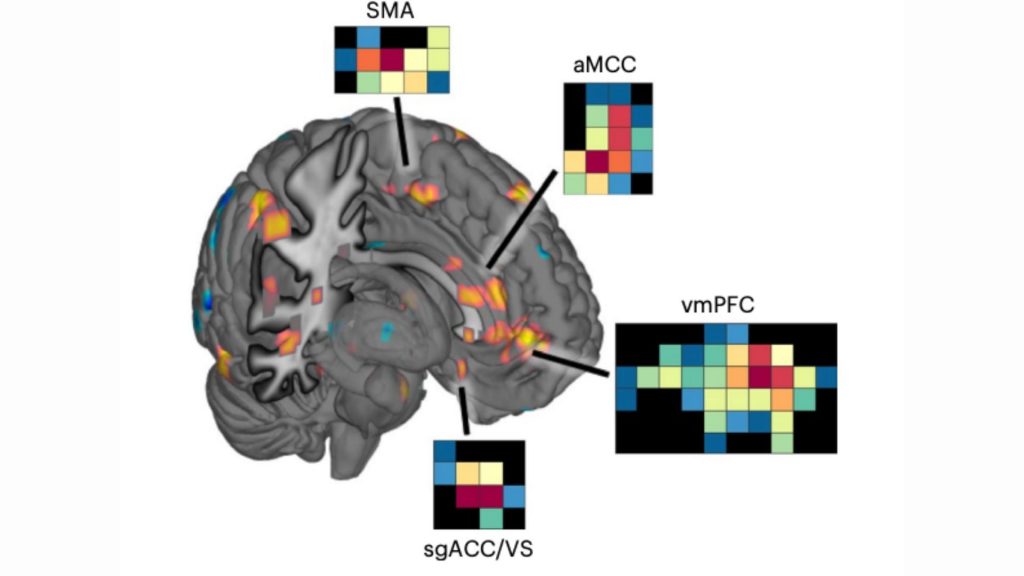A new study has revealed the brain’s part that is involved with food and hunger.
The discovery can help improve the living conditions of people suffering from addiction by developing new treatments that nip the problem in the bud, a press statement from Yale University reveals.
Scientists from Yale, Dartmouth, and the French National Centre for Scientific Research (CNRS) have discovered the neuromarker, and they have published a paper in the journal Nature Neuroscience.
The discovery could help to better understand craving disorders, develop new treatments, and also improve methods for diagnosing substance use disorders.
“One benefit of having a stable biological indicator for a disease is that you can then give the test to any person and say that they do or do not have that disease,” explained Hedy Kober, an associate professor of psychiatry at Yale School of Medicine and an author on the study. “And we don’t have that for psychopathology and certainly not for addiction.”
Scientists used a machine learning algorithm to analyze brain activity. They tested the hypothesis that people experiencing cravings might share a pattern of brain activity. If that were to be the case, a machine learning algorithm could detect that pattern and use it to predict craving levels in individuals based on brain images.
The newly-observed pattern is called the “Neurobiological Craving Signature (NCS).” It includes activity in brain areas that have earlier been associated with addiction.
They did this by using functional magnetic resonance imaging (fMRI) data and self-reported assessments of cravings from 99 volunteers — some of whom were drug users and others not.
The images that were obtained showed how your brain lights up when you crave food or drugsPop-out rectangles show the multivariate pattern for selected clusters of interest.
The new pattern works for many different substances, according to scientists. “It’s really a biomarker for craving and addiction,” Kober explained. “There’s something common across all of these substance use disorders that is captured in a moment of craving.”
Kober also stated that it “gives us a really granular understanding of how these regions interact with and predict the subjective experience of craving.”
However, it’s not yet ready for clinical use and it requires further validation. The next step, she said, is to understand the network of brain regions associated with NCS more clearly in a bid to determine whether the pattern can predict how individuals will respond to treatments for substance use disorders.
“Our hope,” Kober said, “is that the brain, and specifically the NCS as a stable biological indicator, might allow us to not only identify who has a substance use disorder and to understand the variance in people’s outcomes, but also who will respond to particular treatments.”

